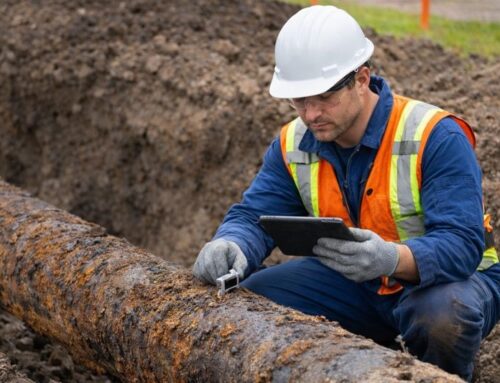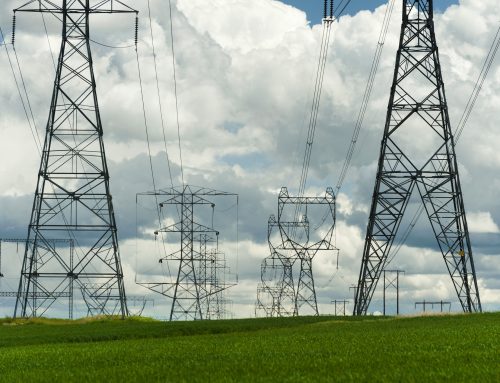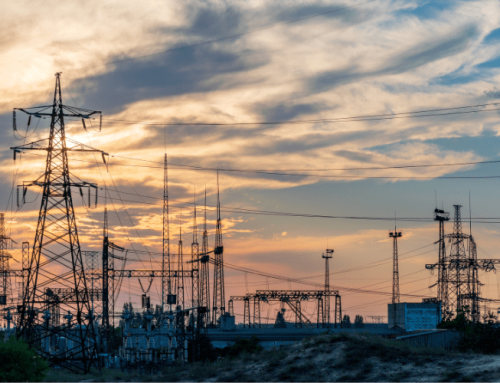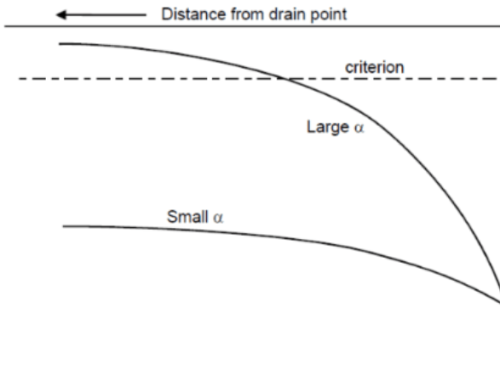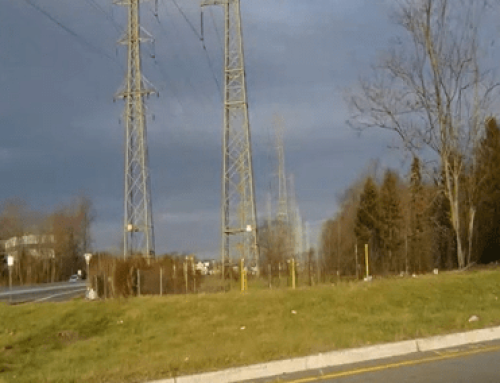Cathodic Protection Criteria and Current Requirements for Buried Pipelines
By David Willoughby

Key Cathodic Protection Criteria for Buried Pipelines
Earlier articles addressed cathodic protection (CP) for buried pipelines. Corrosion occurs where DC current discharges from the pipeline to the electrolyte at the anode. The objective of CP is to allow the entire pipeline to be cathodic. As the potential of the cathode sites polarize towards the potential of the anode sites, corrosion is reduced. When the potential of all cathode sites reaches the open circuit potential of the most active anode site, corrosion is eliminated.
The CP current requirement is the amount of current that is required to polarize the pipeline for adequate corrosion protection. To ensure that CP is applied properly, criteria and methods of assessment are required. In this article we will discuss the most common industry accepted NACE CP criteria for buried pipelines.
Understanding Cathodic Protection Current Requirements
CP Criteria: There are three primary criteria for buried steel pipelines:
1: -850 mV (Cu-CuSO4 ) with Cathodic Protection Applied; This criteria is a negative (cathodic) potential of at least 850 mV with CP applied. This potential is measured with respect to a saturated copper/copper sulfate reference electrode contacting the electrolyte. Voltage drops other than those across the structure-to electrolyte boundary must be considered for valid interruption of this voltage measurement. This is usually due to current flow through the electrolyte and is commonly referred to as “IR Drop”.
2: A Polarized Potential of -850 mV (Cu-CuSO4); With this criterion an adequate protection is achieved with a negative polarized potential of at least 850 mV relative to a saturated copper/copper sulfate reference electrode. Polarized Potential is the potential across the structure/electrolyte interface that is the sum of corrosion potential and the cathodic polarization. Polarized Potential is measured directly following interruption of all current sources. “Instant Off Potential”. The Polarized Potential is the amount of polarization that has occurred because of cathodic protection.
3: 100 mV of Polarization; This criterion requires a minimum of 100 mV of cathodic polarization between the structure surface and a stable reference electrode contacting the electrolyte. The formation or decay of polarization can be measured to satisfy this criterion. This criterion has the soundest fundamental basis. Mostly used on poorly coated or bare structures where it is difficult or costly to achieve either of the -850 mV criteria. In many cases, this can be achieved when the off-potential is less negative than -850 mV Cu-CuSO4, thereby minimizing coating degradation and hydrogen embrittlement.
CP Current Requirements
The current required for cathodic protection depends upon the metal being protected and the environment. To achieve protective potential, current must flow from the anode to the structure being protected. The amount of current required to protect a given structure is proportional to the area of the structure that is exposed to the electrolyte. Therefore, current requirements are usually given as current densities in units of amperes or milliamperes (0.001 amperes) per square meter (foot) of exposed surface.
Coatings are dielectric in nature, and to some degree, isolate the structure from the electrolyte. For coated structures, the amount of current required is much lower than for bare structures, as only those areas where the coating has been damaged or has deteriorated require or will receive current. The coating efficiency is the percentage of the structure that is effectively isolated from the electrolyte. Efficiencies of coatings can vary greatly due to the type of coating, quality of surface preparation, quality of application, structure handling, structure installation, backfill techniques, and backfill material used. Coatings efficiencies normally range from about 80 percent up to 99.7 percent.
Current requirements for coated structures are best determined by actual testing after the structure is installed. The current densities required for cathodic protection depend on the metal being protected and the environment.
The CP current requirement is the amount of current that is required for adequate protection of the pipeline based on the selected criteria. The most desirable means of determining the amount of current required for protection of a buried pipeline is to measure the actual amount of current required to achieve protection through installation and operation of a temporary cathodic protection system. For existing pipelines, the current requirement can be determined by field measurements or by estimating current densities.
Optimizing Cathodic Protection for Coated and Uncoated Pipelines
For new pipelines which will be protected by CP systems, field current requirement tests in most cases cannot be conducted and the current requirements will need to be calculated. The first step is to calculate pipeline surface area to be protected. The total bare surface area of the buried or submerged pipeline to be protected (e.g. the uncoated submerged areas of a buried pipeline) must be calculated to calculate the current requirements. For pipelines with protective coating, the bare surface area of the pipeline to be cathodically protected can be significantly reduced dependent upon the protective coating efficiency.
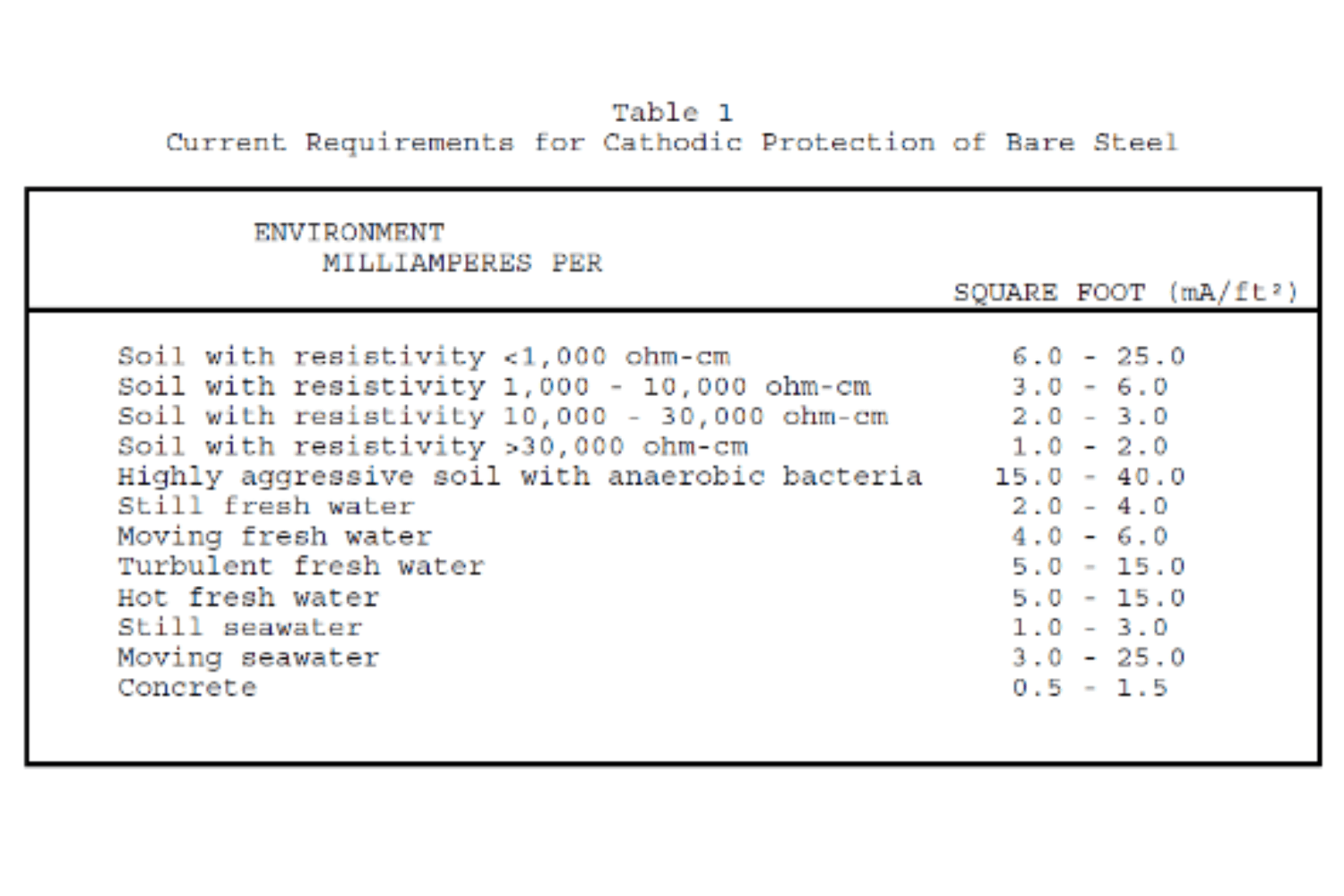
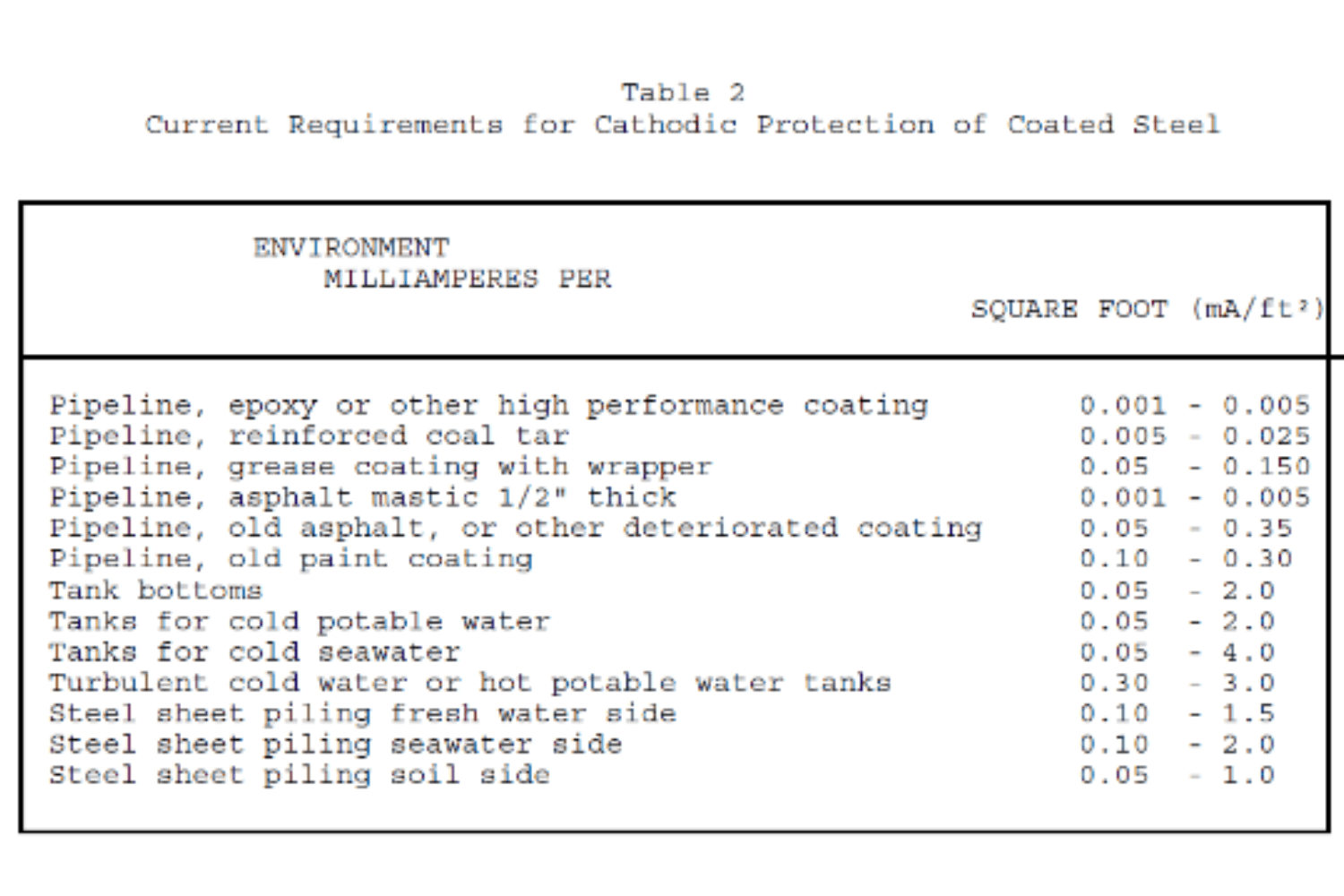
CP current requirements can be estimated from Tables 1 and 2. Table 1 gives typical current requirements for uncoated steel structures. The values are for coated steel structures and include allowance for typical coating efficiencies.
The total amount of current required is determined by multiplying the required current density by the area of the structure to be protected. As can be seen by comparing Table 1 with Table 2, the currents required to protect a well-coated structure can be two orders of magnitude less than the current required to protect the same structure if it is uncoated. The reduced amount of current required for the protection of well-coated structures reduces the cost of protection as well as reducing other problems such as interference with other structures.
More on Cathodic Protection
For more information regarding this blog topic, read our AC Corrosion on Buried Pipelines blog or join me in our training on Cathodic Protection for Buried Pipelines. You can also contact me, the author, David Willoughby, at [email protected]
Suggested Post
2026 API Compliance: What You Need to Know
2026 API Compliance: What You Need to Know By Kesley Price New rules. Tougher [...]
Corrosion Engineers: How Confident Are You in Your Remaining Strength Calculations?
Corrosion Engineers: How Confident Are You in Your Remaining Strength Calculations? By Kesley Price [...]
Why API Inspections Still Matter More Than Ever
Why API Inspections Still Matter More Than Ever By Kesley Price In an industry [...]





